Hard Boiled Mysteries: The Weirdest Ceramic You’ve Ever Heard Of on Secret of Skinwalker Ranch
- Skywatcher's Hub

- Aug 24
- 6 min read

If you’ve been following The Secret of Skinwalker Ranch, you already know this show is basically a mash-up of a science lab, a paranormal investigation, and an Indiana Jones-style treasure hunt—all wrapped into one strange patch of Utah desert. But in Season 6, Episode 12 (Hard Boiled), things went from strange to downright mind-bending.
This time, the team wasn’t just chasing lights in the sky or strange radiation spikes. Nope—they dug into the Mesa, pulled out some mysterious ceramic fragments, and what they discovered about these little shards may be one of the weirdest findings on the ranch yet.
A Little Background: Why the Mesa Matters on Skinwalker Ranch


For new viewers, the Mesa is that giant ridge sitting on the north side of the ranch. Locals have always whispered that it hides “something.” And over multiple seasons, the team has run into everything from equipment malfunctions to glowing anomalies in the sky whenever they try to explore it.
Earlier in the season, drilling into the Mesa brought up strange debris—stuff that didn’t look like it belonged underground at all. Among the spoils: pieces of what looked like ceramic. At first glance, nothing too crazy. But when they started testing the shards, that’s when things got wild.
The Nitrogen Test: A Ceramic That Refused to Chill Out

The first test was simple: dunk the shard into liquid nitrogen. Normally, liquid nitrogen is so cold it can freeze anything solid in seconds. But this ceramic shard? It just… kept boiling. For over an hour.
Instead of cooling down, it acted like it had its own energy source, bubbling away as though it was heating the nitrogen from within. To quote Dr. Travis Taylor, that’s not something our materials should be able to do.
The Self-Healing Laser Incident

Next up, the team tried to analyze the shard’s composition with a laser spectrometer. Normally, the laser leaves tiny marks as it interacts with a material. But this shard? Every time the laser hit, the spot would heal itself—closing back up like nothing had ever happened.
Imagine pointing a laser at your coffee mug and watching the scorch mark disappear before your eyes. It felt less like science and more like science fiction.
An Energy Sponge?

Here’s where it gets even stranger. The ceramic wasn’t just passively weird. It seemed to absorb energy from its surroundings, hold onto it, and then release it as heat. Basically, it acted like some kind of high-tech battery crossed with a heat sink—except one we don’t know how to build with current technology.
Taylor flat-out said: the exotic combination of materials it’s made from is something we can’t reproduce right now with our level of science and physics.
So What’s It Made Of?
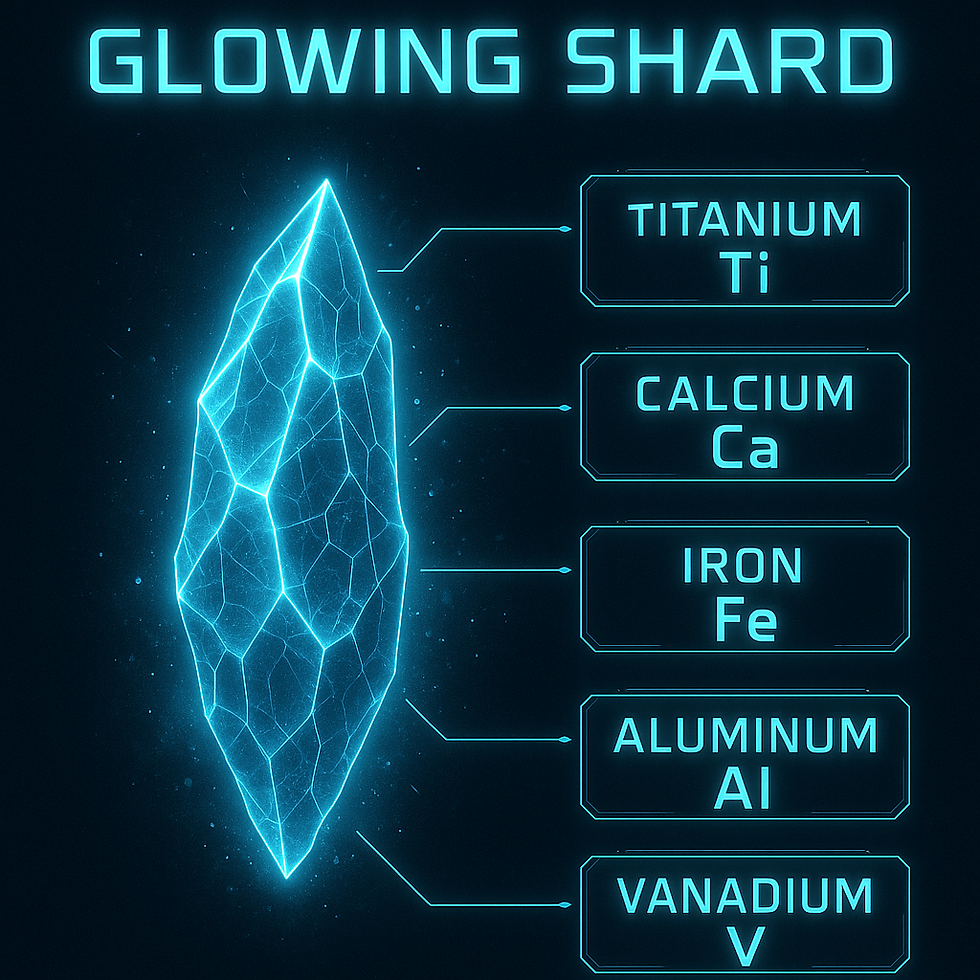
Tests showed the shard was made of titanium, calcium, iron, aluminum, and vanadium. Those are all elements we’re familiar with, but put together in this way, they become something unique. Vanadium especially stood out—it’s often used in aerospace alloys. Could this be a clue that the material was part of something manufactured… maybe even something designed for spaceflight?
Wait—What’s a Superconductor?

During the episode, Dr. Travis Taylor compared the ceramic shard to a superconductor—and that’s a big deal.
So what is a superconductor? In simple terms, it’s a special kind of material that can carry electricity with zero resistance. Normally, when electricity flows through wires (like in your phone charger or the power lines outside), some of that energy is lost as heat. But in a superconductor, there’s no loss. Energy flows perfectly.
Superconductors also have other mind-blowing abilities. For example, they can create powerful magnetic fields strong enough to make objects levitate.
Scientists use them in MRI machines, particle accelerators, and experimental fusion reactors.
The catch? Most superconductors only work at extremely low temperatures—near absolute zero. If a material can behave like a superconductor at room temperature, it would revolutionize energy, transportation, and pretty much all of technology.
So, when Travis suggests this mysterious shard might act like a superconductor, he’s basically saying: this little piece of ceramic could represent technology far beyond what we currently have.
Bigger Picture: What Does It Mean?

This discovery left fans (and the team) with more questions than answers:
Is it alien tech? A material designed to survive extremes, heal itself, and store energy sounds exactly like something you’d want in a spacecraft.
Is it secret human tech? Maybe something experimental that somehow ended up buried in the Mesa decades ago.
Is it something else entirely? A new form of physics? A natural material that just happens to behave like futuristic tech?
Whatever the truth is, one thing’s certain: this episode added fuel to the idea that something very advanced lies under the Mesa—whether it’s man-made or not.
Why Hard Boiled Stands Out
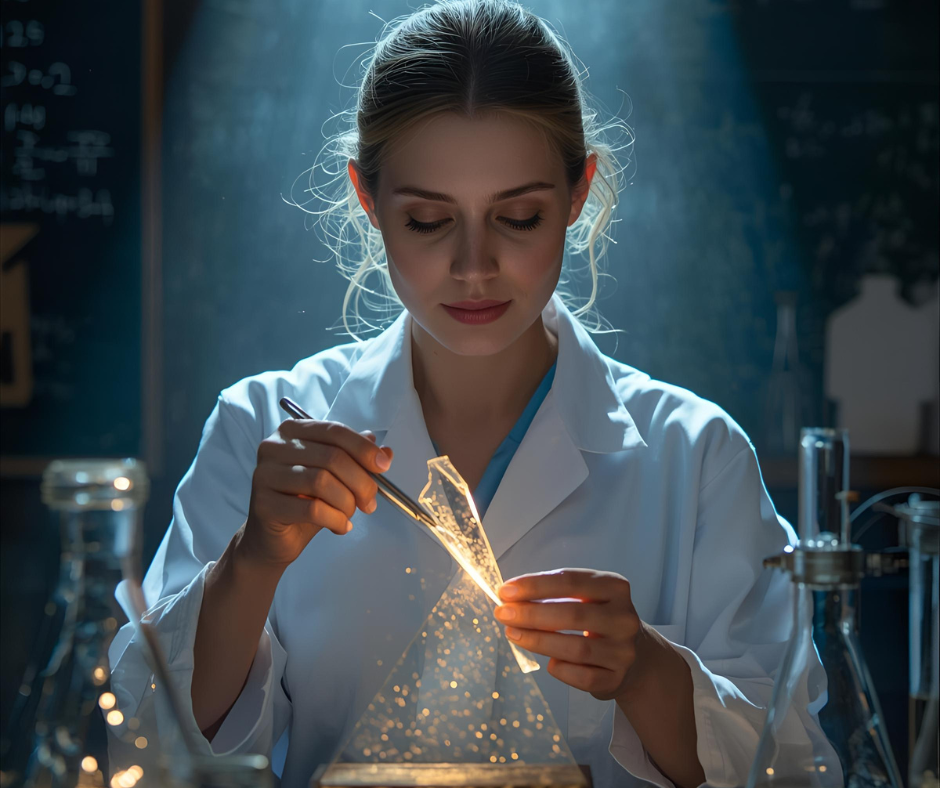
The ranch has given us UFO sightings, cattle anomalies, and weird radiation events, but this episode was different. It wasn’t just spooky stories or strange sensor readings. It was hard physical evidence—a real object, in a lab, breaking the rules of science right in front of our eyes.
That’s what makes Hard Boiled such a fan favorite. It feels like the closest the team has come to holding something truly otherworldly in their hands.
Want to See It Yourself?
If you want to dive deeper, check out these clips breaking down the “Hard Boiled” discoveries:
Final Thoughts

At the end of the day, Hard Boiled might be one of the most important episodes in the history of the ranch. It wasn’t just about chasing lights in the sky—it was about uncovering something tangible, something physical, something we can test.
And if that ceramic shard really does have superconductor-like properties, it could mean one of two things:
Humanity is on the verge of uncovering revolutionary new technology, or
We’ve just stumbled across something not of this Earth.
Either way, the ranch just keeps reminding us: the truth really is stranger than fiction.

.png)


















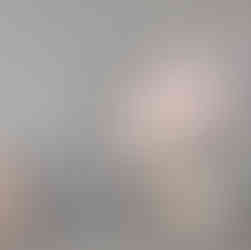


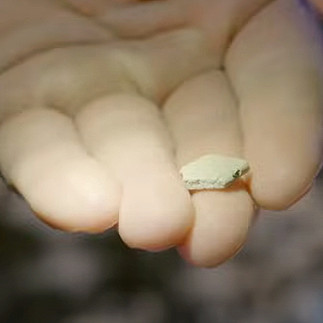



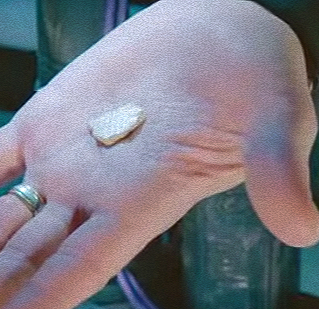


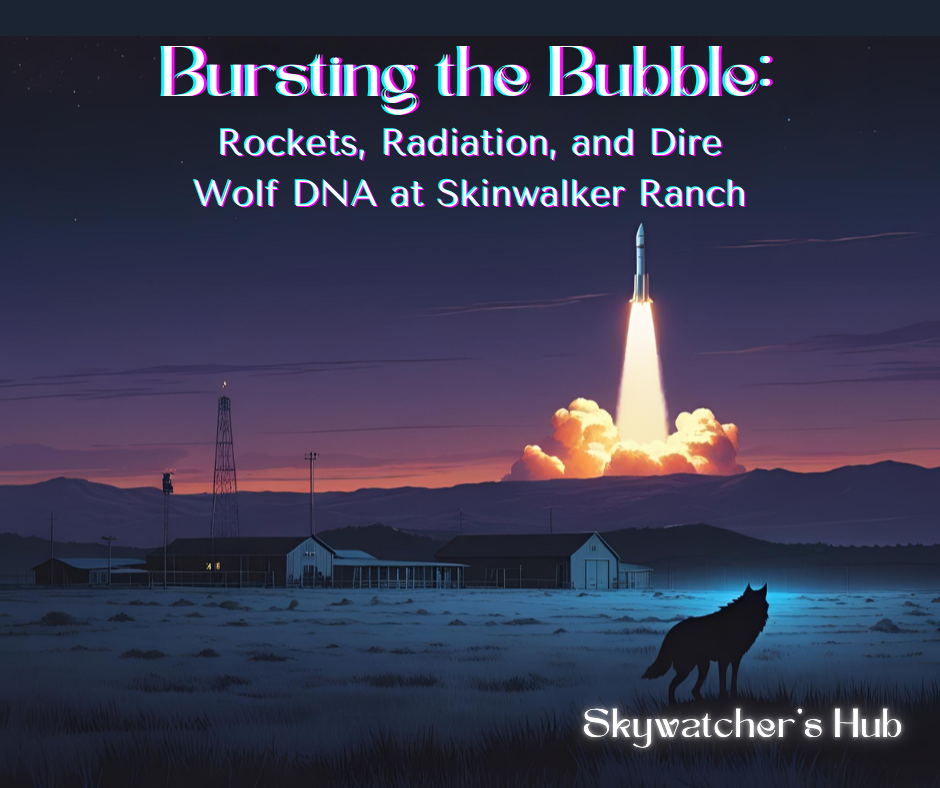
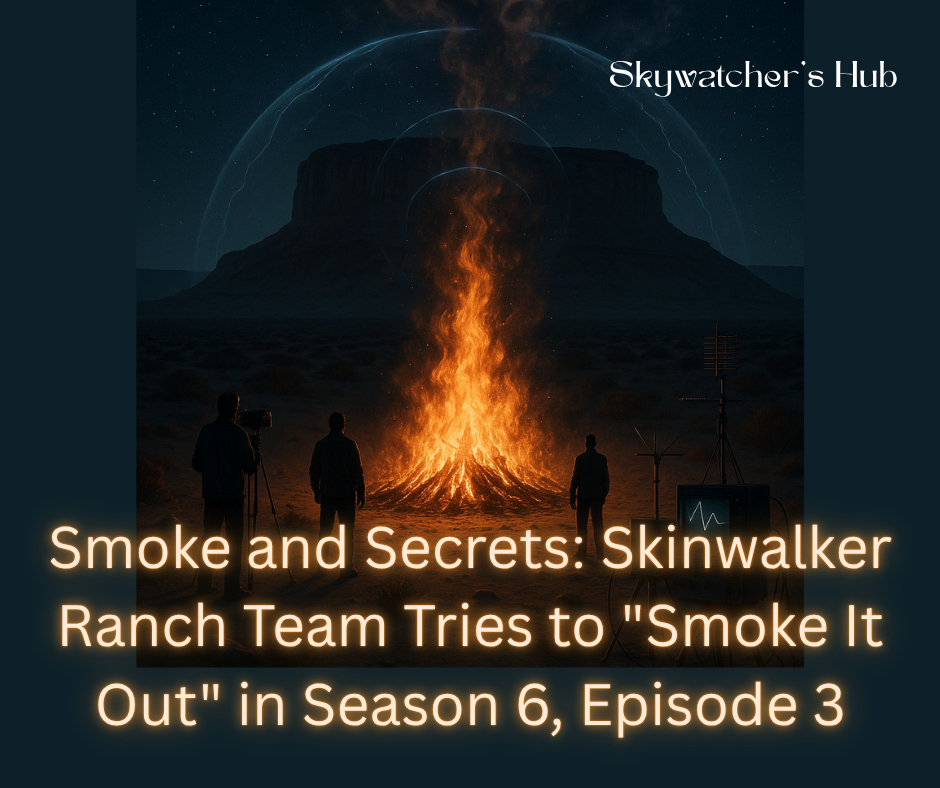

Comments